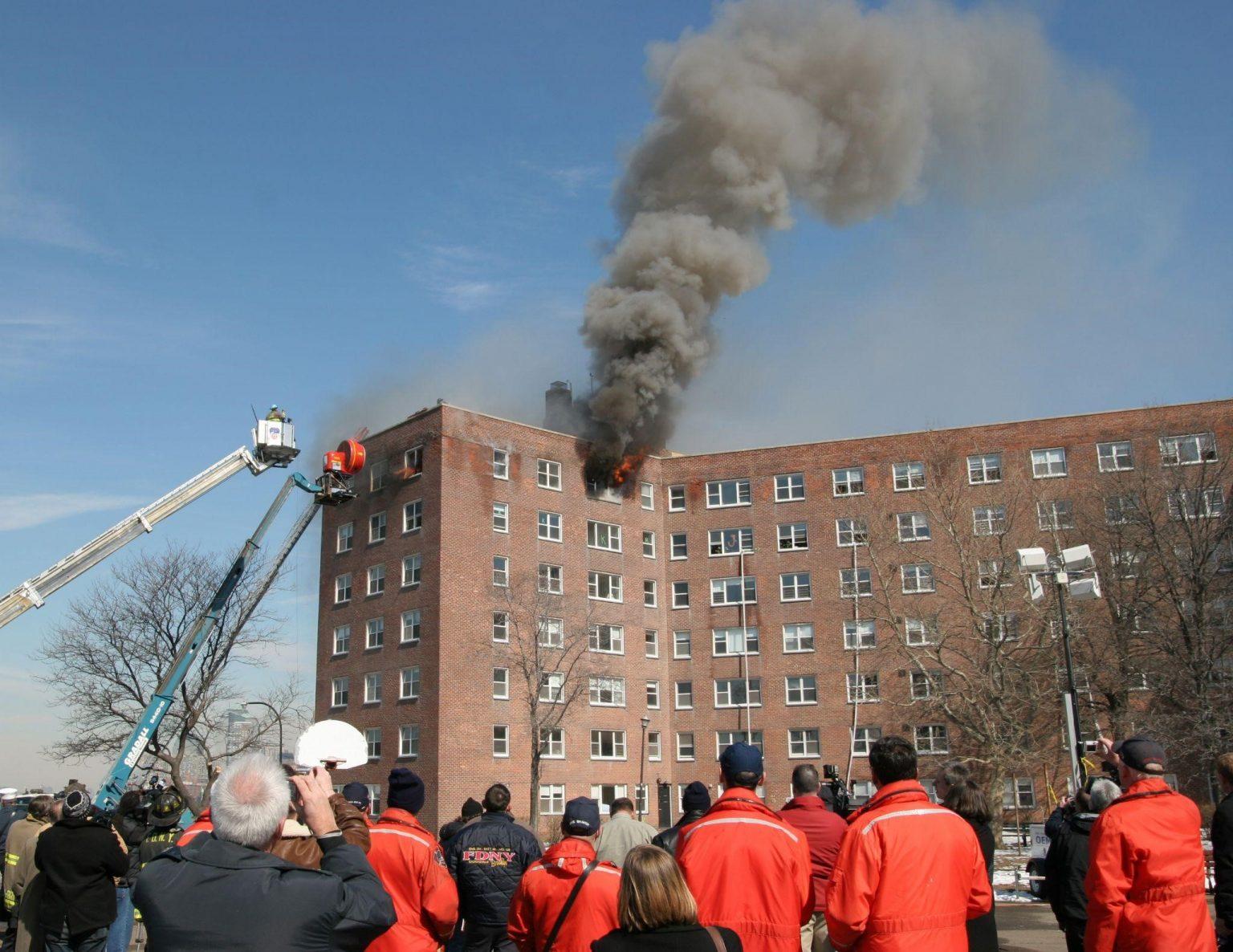Get in touch! +91 79 6952 7575 / [email protected]
Structural Fires: The Dangers You Need To Know

29 November, 2022
In this blog post, we’ll be discussing the dangers of structural fires. We’ll talk about why they’re so dangerous, what you can do to prevent them, and what to do if you find yourself in the middle of one. We’ll also touch on some of the myths surrounding structural fires and dispel the misconceptions about them. So if you’re interested in learning more about structural fires, read on!
Introduction:
When it comes to fires, most people think about the kind that starts from an errant spark or an unattended candle, but which can be controlled quickly without any major damage. But there’s another type of fire that’s much more dangerous and difficult to put out: structural fires. Structural fires are building fires which can grow and sustain long enough to affect the all occupants and even the structure of the building. These fires start within a building and can quickly spread throughout the entire building, endangering everyone inside. That’s why it’s so important to be aware of the dangers of structural fires and to know what to do if you find yourself in one.
The dangers of structural fire and how to protect yourself
Some dangers to watch out for include
• Loss of Visibility: Smoke particles obscure vision, and occupants may not be able to see clearly and find their way out. They must react quickly and leave before smoke spreads to the exit paths and affects visibility.
• Smoke inhalation: Smoke inhalation is the leading cause of death in structure fires. Suffocating from smoke can be deadly because it contains toxic gases that can paralyze your lungs.
• Burns: Burns is another severe danger of structural fire. If you come into contact with hot surfaces or are exposed to the heat of a fire, you may suffer a burn.
• Carbon monoxide poisoning: Carbon monoxide is a colorless, odorless gas that is generated in most structural fires and can be deadly. When a fire burns in less ventilated conditions (such as in a building), it produces carbon monoxide. If you breathe in too much carbon monoxide, it can poison your blood and cause death.
• Collapse: If fire continue for a long time, building structure can fail and even collapse after structural fires. In such cases, a building collapses because the fire weakens its support structure, such as columns, beams, trusses, walls, etc.
It is essential to take precautions to prevent a structural fire from happening. Some steps you can take to prevent a fire from starting are:
• Keep flammable materials away from heat sources: This includes things like cigarettes, matches, lighters, and electrical outlets.
• Do not overload electrical outlets: If you have too many things plugged into one outlet, it can cause a fire.
• Know how to use a fire escape plan: A fire escape plan is essential if you wish to escape an unsafe building in case of a fire.
• Keeping up to date with fire safety standards: Your home or business is up to code with the latest fire safety standards. This means having working smoke detectors and alarms as well as making sure that your electrical system is up-to-date and free of any potential fire hazards.
Conclusion:
When it comes to fires, you should never underestimate the danger they pose. Be sure to take the necessary precautions to stay safe, such as having working smoke detectors and a fire escape plan. In case of fire, remember to be calm and get out quickly. Never try to fight the fire yourself, as this could put you in even more danger. There are many dangers associated with structural fires you need to be aware of. The risks include being trapped, inhaling smoke, and being injured by the fire. By being aware of these dangers and taking steps to prevent them, you can help keep yourself and your loved ones safe from harm.
0">
